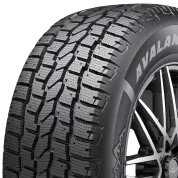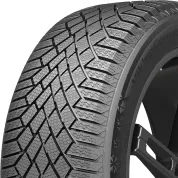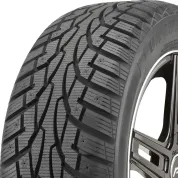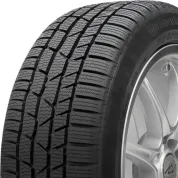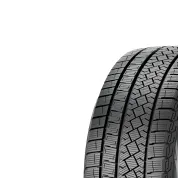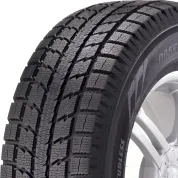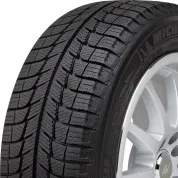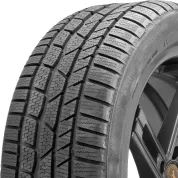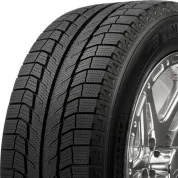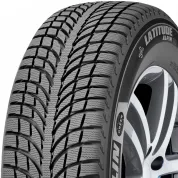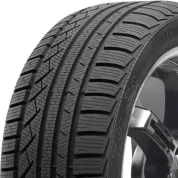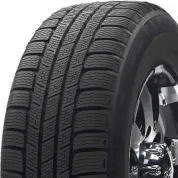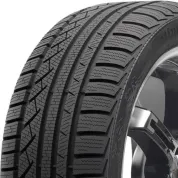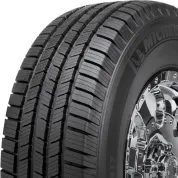Winter Tires
In your area
Winter tires are ideal for variable cold weather conditions. With deep grooves, irregular tread patterns and flexible tire compounds, winter tires improve safety when driving on ice, snow, slush, freezing wet and subzero dry roads.
Most winter tires out-perform all season tires that feature the 3PMSF symbol. They are suitable for passenger cars, SUVs, light trucks and hauling vehicles that frequently drive in challenging winter climates.
Read More
Filter
Deals
Speed Rating
Brands
Mileage Warranty
Ply Rating
Load Index
Quick Filter
All
All
Deals
Mileage Warranty




